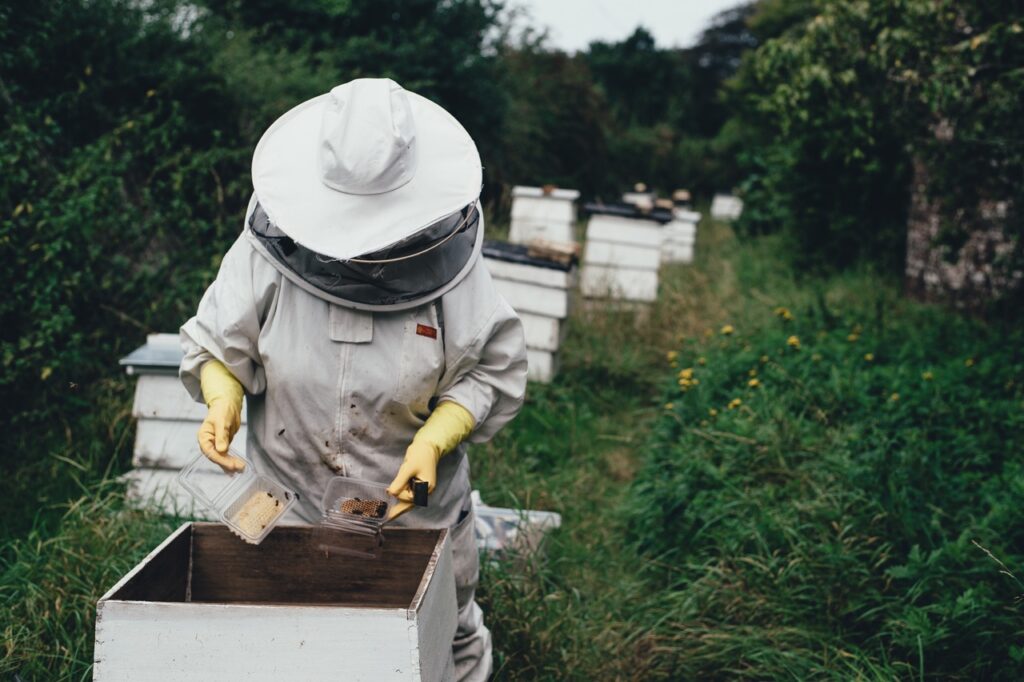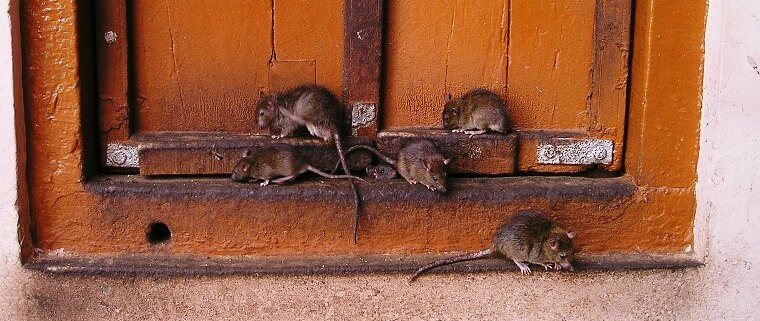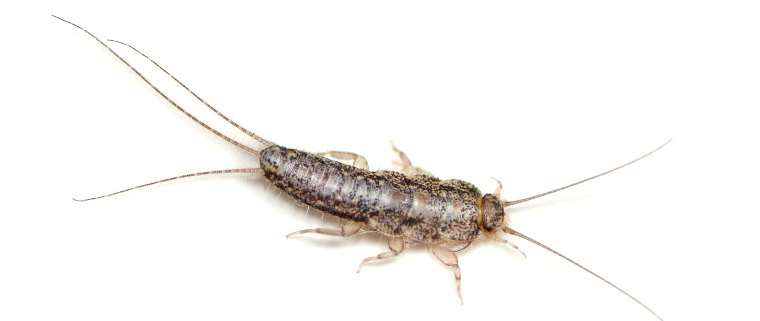Australia is home to over 1500 species of bees. 10 of these are stingless, honey-producing bees such as Tetragonula (formerly known as Trigona) and Austroplebeia.
There are a variety of names given to these bees such as native bees, native honey bees and a peculiar one called sweat bees which was named such because it tends to land on sweaty person just to quench its thirst. These bees are generally hairy, small and dark in colour. They carry nectar and pollen through their hind legs which are purposely hairy to be able to hold pollen and nectar. These bees, especially Tetragonula and Austroplebeia, are both very common in the Brisbane area.
How they pollinate
Although some crops are pollinated by native bees, the main pollinators that Australian farmers depend on are the western honey bees which are not native to the country.
There are countless benefits of stingless bees to mankind and to the entire ecosystem as well. They are known to be the main pollinators for certain crops such as macadamias, as well as fruits like lychees, strawberries, mangoes, watermelons, avocados and citrus fruits. It has also been recently discovered that these bees are able to thrive in enclosed areas like glasshouses.
How they behave
Since they thrive in tropical climate, they are able to function properly all throughout the year. There are some months, however, when they become less active (some even staying dormant), especially when there is a drop in temperature. These bees do not sting but will bite when they feel threatened. Never underestimate this specie because even though they are stingless, they can make up one of the largest, most intimidating bee colonies.
Production of Honey
These stingless bees can be used for minor honey production especially in areas in Australia with predominantly warmer climate. In order to ensure the safety of these bees, a special method of honey extraction has been developed for harvesting modest amounts.
These bees have a large area on their back legs like some sort of a pollen basket called “corbicula” which can be fully loaded with pollen. Another thing they have is the “crop”. It’s an extension of their gut used to collect nectar. They carry these to the hive where they spin the nectar droplets inside their mouths and turn it into honey. As it ripens, the nectar becomes more concentrated thus increasing its sweetness. However, the honey that comes from stingless bees are not as concentrated as that of the true honey bees.
They have small resin pots inside their nests where they store their fragrant honey. When producing honey, these bees are placed inside boxes that are specifically designed to be able to extract honey without causing damage to the structure of the nests. The most recent designs are even equipped with a separate compartment for the honey pots to ensure the nest would not be disturbed. They can produce less than 1kg of honey in a year so they cannot really be relied on when it comes to bee production. You can easily distinguish honey coming from these bees as it’s got a distinct sweet, sour and fruity taste to it and may vary depending on the kinds of flowers and trees where the nectar came from.







